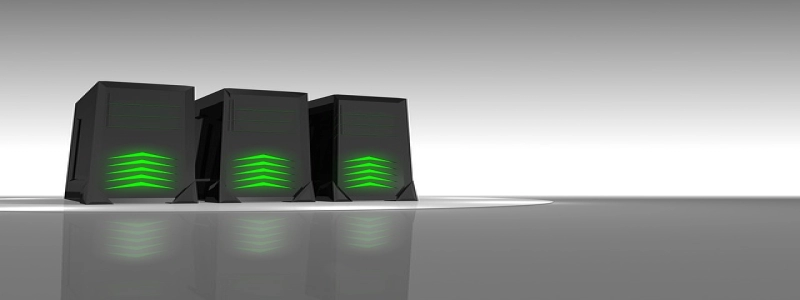Measure of Wavelength
Introduction:
Wavelength is a fundamental concept in the field of physics, particularly in the study of waves. It measures the distance between two peaks or troughs of a waveform and is denoted by the Greek letter lambda (λ). The measurement of wavelength is crucial in various scientific disciplines, including optics, acoustics, and even in the study of electromagnetic radiation. In this article, we will explore the different methods and devices used to measure wavelengths and understand their significance in different scientific fields.
I. Understanding the Concept of Wavelength:
1.1 Definition of Wavelength: Wavelength refers to the distance between two similar points within a wave, such as two consecutive peaks or troughs.
1.2 Relationship Between Wavelength and Frequency: Wavelength and frequency are inversely proportional. As the wavelength increases, the frequency decreases, and vice versa.
II. Methods to Measure Wavelength:
2.1 Optical Methods:
2.1.1 Diffraction Grating: A diffraction grating is a device that consists of a large number of equally spaced parallel slits or grooves. It allows the dispersion of light into its different wavelengths, enabling the measurement of wavelength.
2.1.2 Interferometer: An interferometer is an instrument that uses the interference of light waves to measure wavelength. It relies on the principle of constructive and destructive interference to determine the wavelength accurately.
2.2 Acoustic Methods:
2.2.1 Kundt’s Tube: A Kundt’s tube is a cylindrical glass tube filled with a fine powder, such as cork dust or talcum powder. It is used to measure the wavelength of sound waves by producing standing waves in the tube.
2.2.2 Crystal Filters: Crystal filters are used in audio applications to measure the wavelength of sound waves. These filters have a frequency-selective characteristic that allows the measurement of specific frequencies and, hence, the determination of the corresponding wavelengths.
2.3 Electromagnetic Methods:
2.3.1 Spectroscopy: Spectroscopy is a widely used method for measuring the wavelength of electromagnetic radiation. It involves the separation of light into its different wavelengths using a prism or diffraction grating and the subsequent detection and analysis of the individual components.
2.3.2 Cavity Resonance: Cavity resonance techniques use the interference between waves within a resonant cavity to measure the wavelength of electromagnetic radiation accurately.
III. Significance of Measuring Wavelength:
3.1 Optics: Measuring the wavelength of light is crucial in optics as it allows the determination of properties like refractive index and diffraction angles. This information is essential in designing optical systems and understanding the behavior of light.
3.2 Acoustics: Understanding the wavelength of sound waves helps in characterizing musical instruments, designing audio equipment, and studying the propagation of sound in various mediums.
3.3 Electromagnetic Radiation: Measuring the wavelength of electromagnetic radiation aids in studying its properties such as absorption, reflection, and transmission. This knowledge is valuable in fields like telecommunications, remote sensing, and astrophysics.
Conclusion:
Wavelength is an essential parameter in studying waves, regardless of the scientific field. The ability to measure wavelength accurately using various methods and devices allows scientists and researchers to delve deeper into the properties and behaviors of waves. Understanding wavelength not only enhances our knowledge of the physical world but also finds practical applications in many technologically advanced fields.








